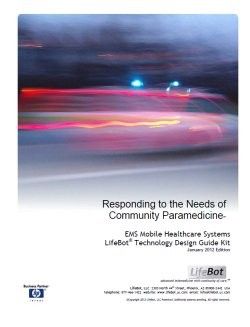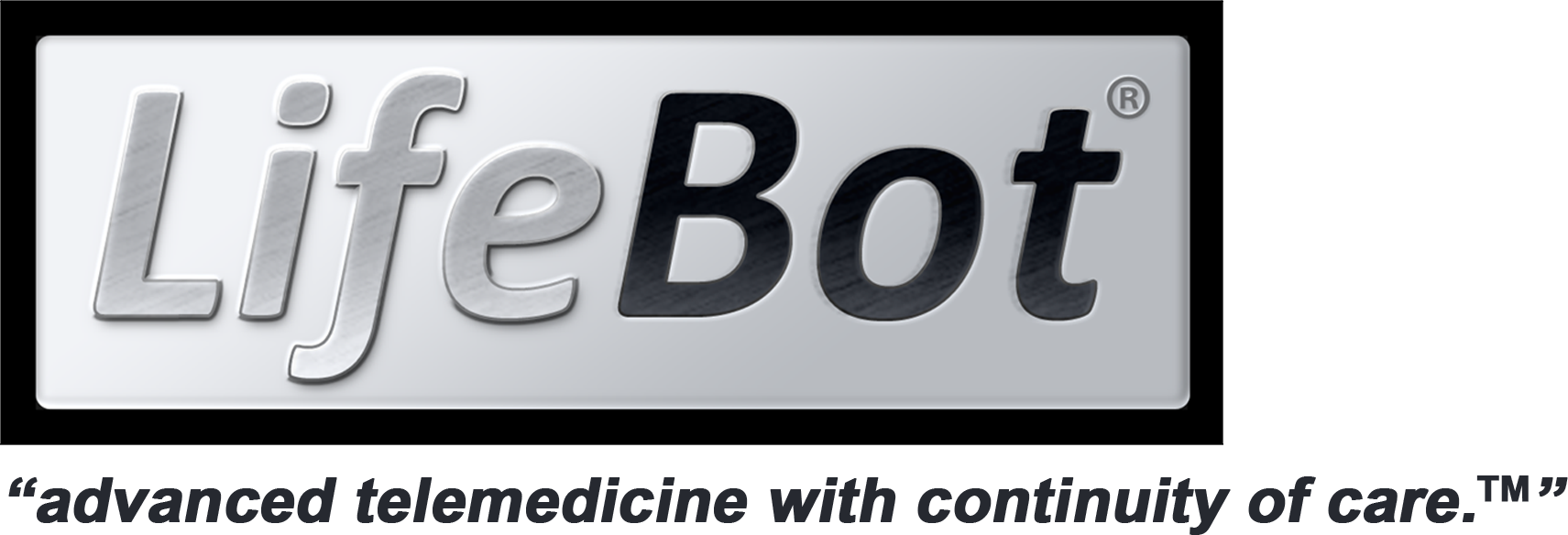
Responding to the
Needs of Community Paramedicine sm
EMS Mobile Healthcare Systems
LifeBot Technology Design Guide Kit
This is a comprehensive guide to the deployment of the Mobile Primary Care Unit (MPCU) for delivering primary care via EMS providers. This guide also is a detailed presentation on EMS Telemedicine and the prospects for using these technologies for substantially reducing healthcare costs.
Crucial to these systems is the use of Decision Support Software (DSS) to triage callers at the dispatch, call-center, and in actual field operations to determine if a call or a patient is an actual emergency (emergent) or non-emergency (non-emergent). Also reviewed is the crucial nature of EMS Telemedicine to “look inside” and acquire critical physiological data and transmit this to hospital physicians and specialists to save lives.
![]() Download Free Paramedicine Technology Guide
Download Free Paramedicine Technology Guide
[hr]
The Role of Triage in Electronic Health Records (EHR)
The first step in building patient records is triage or teletriage. This is the start of initializing the whole process of managing electronic patient records. EHR (Electronic Health Record), EMR (Electronic Medical Record), and ePCR (electronic Patient Care Record) all need to be merged, but currently lack data interoperability or compatibility, particularly between hospital and prehospital based systems. Look to LifeBot® to be the first to fully integrate all of these and meet the NEMSIS 3.0 telemedicine multimedia integration standards. Stay tuned to this page for major developments in this area. This is why we are concentrating our efforts in this area at the beginning.
Triage and TeleTriage clinical Decision Support Software (DSS) are necessary ‘front ends’ to properly and safely manage health care patient record systems. A triage system is only as good as the amount of accurate clinical information it contains and how easily and quickly patient assessments may be executed. That’s why our teletriage systems, Odyssey, have the most highly developed databases for this purpose. This highly developed system contains more than one million words of clinical triage information for safe and accurate assessments. It can substantially lower risks and more clearly determine emergent or nonemergent status of a patient at the earliest stages of patient record management. Data may be transferred into ambulance or hospital record systems once responsive triage is executed.
